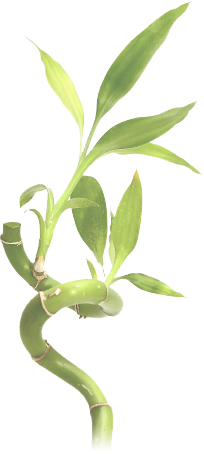The Basics – Types of Sake
Posted by bmountain | Posted in Sake Resources | Posted on 04-09-2009

The next time you’re at a sushi bar sharing a hot flask of sake between friends, or at a high-end sake bar sipping a daiginjo, keep in mind that the beverage you are enjoying has a history dating back several thousand years.
Sake is Japan’s national drink but had its origins in China at around 4,000 BC. Sake came to Japan around 300 BC when the practice of wet rice cultivation was introduced. In the 1300’s mass production techniques evolved and sake became Japan’s most important drink
The brewing process has been refined over the thousands of years since Sake was first invented, and as a result there are many different types of sake today. From super premium to table sake, there is a sake for every budget and taste. Some important types of sakes include:
Jumnai Only rice polished down to 70% of its original size. Koji (mold to initiate the fermentation process), Koji Rice, and water are used as the ingredients. No brewing alcohol, sugar, or anything else has been added during its brewing.
Junmai Ginjo Considered one notch above the Junmai-type. The rice used in making any sake labeled as the Ginjo-type must be polished down to at least 60% of its original size.
Junmai Daiginjo Considered to be the ultimate achievement of sake brewing, the rice is polished down to at least 50% of its original size. This type typically has a light and mildly dry taste, and a delicate fragrance not found in most sakes.
Honjozo During the brewing of Honjozo, raw alcohol (100% alcohol) is added to the mix of mold, rice, and water (this mix is called Moromi). The raw alcohol interacts with the elements of the mash resulting in a mild yet rich-tasting sake.
Daiginjo Shizuku Somewhat time consuming to brew, this special sake is allowed to slowly drip from its mash, aided only by the force of gravity.
Genshu Genshu means “raw sake”. After filtration, unlike most sake, it is pasturized without reducing its alcohol content with water. Genshu is 20% alcohol compared with most sakes which are 14-17%.
Nigori “Unclear Sake” where a course filter is used which allows some of the minute rice and koji particles to flow through with the finished product giving it a milky appearance. With a medium heavy body, it has a slightly sweeter taste due to traces of sugar left in the particle.
Taru Sake Also known as “Cask Sake”, it is aged in wooden casks (traditionally cypress) to impart some of the color, taste, and aroma of the wood into the sale.
Nama Sake Literally meaning “fresh” or “living” sake, it is bottled immediately after filtration and is unpasteurized. The yeast is still active giving it a tart, zesty flavor. It usually has a light lemon flavor with a tinge of green.
Koshu “Old Sake” as this is called, is aged in sealed ceramic vats for an average of three years, and sometimes longer.
Kijoshu Sake that is made by replacing half of the water used in the brewing process with sake. It is extremely heavy and sweet and is usually served as an aperitif.
I hope everyone has a great labor day weekend. I’m planning a trip to Korea in October and am looking forward to exploring the sake scene in Seoul. If anyone has any tips or recommendations I’m all ears!
Mtn.
“The History of Sake” was used as a source for some of the material in this post. http://www.asianartmall.com/historyofsake.htm



Love the site. Thanks for bringing it to us. What is the optimum temperature to serve sake? Are there any situations where one temp is better than another. I recently had sake delivered straight into my mouth via squirt bottle across a hot Japanese grill. Any problems with that? I loved it.
Brother of PWA
Bivalve,
Great question! Short answer is that the temperature of sake is really up to personal preference. Hot sake can range from 86 to 122 degrees Fahrenheit. Cold sake is best served slightly chilled or at room tempereature. I really prefer cold sake but there is something fun and social about sharing a heated flask of sake between friends.
I’ve never had sake squirted at me across a Japanese grill but it sounds like a blast and I’d love to hear where they served it like that. I’m still trying to figure out how to combine sake and mountain biking and perhaps the squirt bottle is the piece I’ve been missing…
Thanks for the comment!
Yama
Hey BMountain,
The location of the SAKE squirter was …
Tokyo Steakhouse
291 S. Broadway (Rte 28)
Salem, NH 03079
(603) 894-7088
Great food and preparation, good atmosphere and reasonable prices. It was my 51rst birthday and my co-diners may have induced the event without my knowing by special request. The only limitations to such an exercise are the volume of one’s oral cavity. I wondered afterwards about the safety aspects but assume that 12 – 15% is not high enough in combustbles content to present a safety hazard. I followed with an H Upmann and a chilled Namazake. I thought the combination was excellent however my opinion may have been tainted by the embellishments of the prior meal and the hot tub that followed.
Bivalve
Bivalve, that sounds like quite the place and I strongly recommend sake and cigars for the hot tub. A nice dry junmai daiginjo would be excellent. I’ll have to check out Tokyo Steakhouse, perhaps for the next restaurant review for Sake World!
Yama